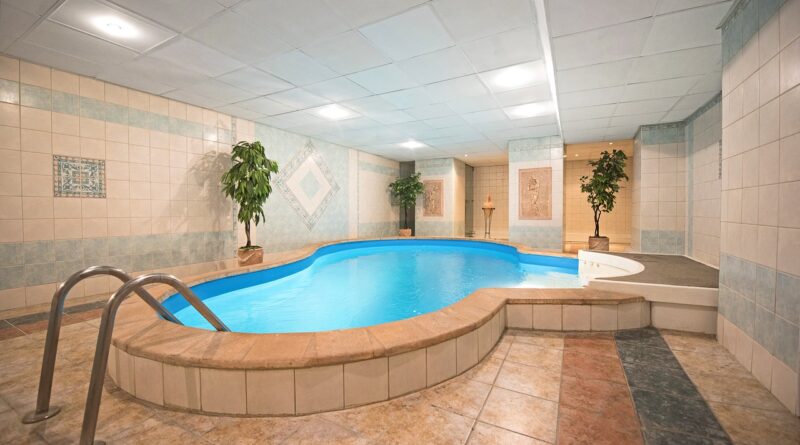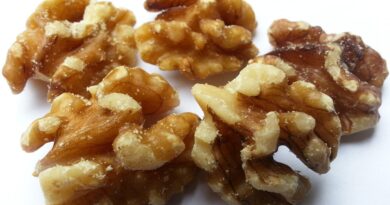Heat Therapy As An Alternative Medicine
The human body gets comfort with warmth and water. As we see many people get utmost relaxation by sitting on a beach as tiredness and tension dissolves in warm air and soothing moisture of seawater. It’s perhaps a perfect workout to swim in saltwater because it gives that warmth and water combo in one pack. Heat therapy as an alternative medicine also works on the same principle of warmth and heat that heals many ailments.
The uses of heat and hydrotherapies to promote fitness and well-being range from the simple hot bath to specific therapies for treating serious ailments. Although particular heat and hydrotherapies may be carried out separately, the two are often combined for dual benefit in the form of steam cabinets and whirlpool baths. After any heat therapy, which causes the heart rate to increase, it is wise to rest for about 30 minutes in order to allow the body to return to normal.
Therapies with Dry Heat
Dry heat therapies can also be a wonderful therapy that can work as heat therapy as alternative medicine. It directly acts on your skin and improves circulation. It is effective in relieving pain in muscles and joints of bones, and largely efficient in controlling sciatica. Heat therapy also induces sweating that can remove toxins from your body and cool of the system. Sweating removes lactic acids from the muscles that are the principal chemical for your muscle pain.
FYi
Heat therapy, especially hot baths and spas are an effective way to treat arthritis. The moist heat relaxes the muscle and supply blood supply at the site of pain. It also relieves pain and stiffness in the joints. However, high blood pressure or heart disease patients must avoid hot baths or spas. |
Therapies using dry heat induce a temporary condition called hyperemia (dilation of the blood vessels, combined with a local temperature rise and an abnormal increase in blood supply to the part of the body being treated).
The principal types of dry-heat treatment that are available include the following:
Infrared: An invisible, heat-carrying wavelength of electromagnetic radiation beyond the red end of the visible light spectrum is infrared. Anything hot emits infrared, but it is effective only if it is emitted by a luminous or non-luminous source hotter than you are.
General infrared treatment is helpful for rheumatic conditions, and local treatment can relieve lumbago, and pain caused by injuries. Diabetes should avoid infrared therapy, and people with fair skins should protect themselves with an emollient before treatment.
Radiant Heat
Muscolu-skeletal pains and the pain of sciatica respond well to radiant heat. The patient sits or lies beneath a reflective surface lined with light bulbs. The head is kept well clear and cool during the body’s exposure to temperatures of approximately 200 degree F. The treatment is not suitable for very young, elderly, high blood pressure and heart disease.
Wax Bath
The wax bath is used particularly to treat arthritis of the hands and wrists, but can also be used on other parts of the body. Paraffin wax with a melting point of 115 degree F is melted in a thermostatically controlled container. The affected part of the body is dipped into the melted wax about 10 times. Then it is wrapped in wax proof paper, placed in a plastic bag, and draped with a towel for about 20 to 30 minutes. Finally, the wax is painlessly removed, and the treated part is held under cold running water for 30 seconds to one 1 minute.
Traditional Turkish Bath
The popular misconception that steam is part of a traditional Turkish bath has arisen because steam facilities often are found on the same premises. What is commonly mistaken for a Turkish is a Russian bath, which is similar to a steam-filled sauna.
In a Turkish bath, the heat is supplied by dry hot air, not steam. The bather, wrapped in a towel, goes into the cool room or frigidarium, to rest. Next, he goes to the tepidarium, in which the heat is between 100 degrees F and 112 degrees F, and stays there until he begins to sweat. He then goes into a room of intense dry heat, the caldarium, where temperatures may reach 150 degrees F. After approximately 30 minutes of profuse sweating, he is given a thorough massage, in which the skin is rubbed and brushed to remove dirt and impurities from the dilated pores. Finally, the bather takes a cooking shower or plunge to close the pores.
Related Stories
Acupuncture And Reflexology Therapy To Cure Disorders
Herbalism & Aromatherapy Treatments
Get updates and read additional stories on the Health Orbit Fan Page.
For Guest posts, Sponsored posts and other details, please click ‘Contact Us’ page.




